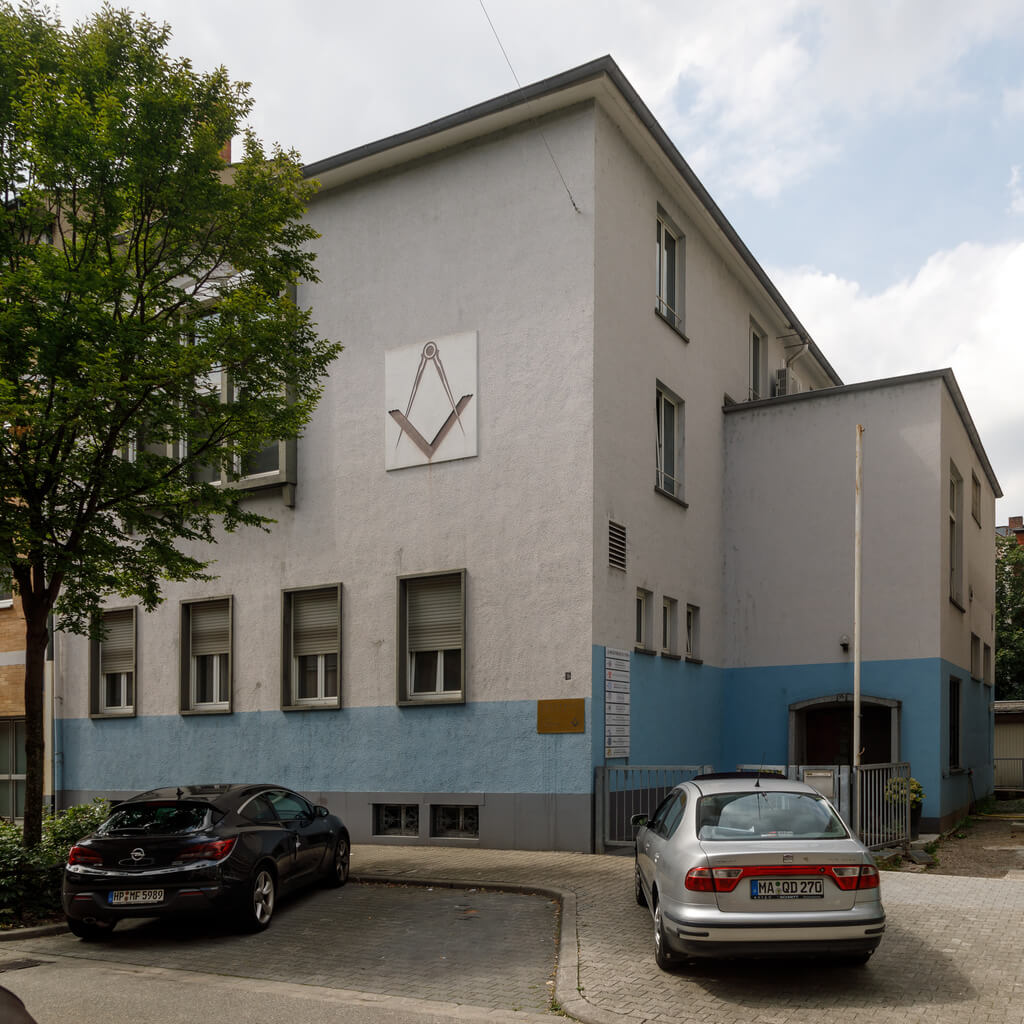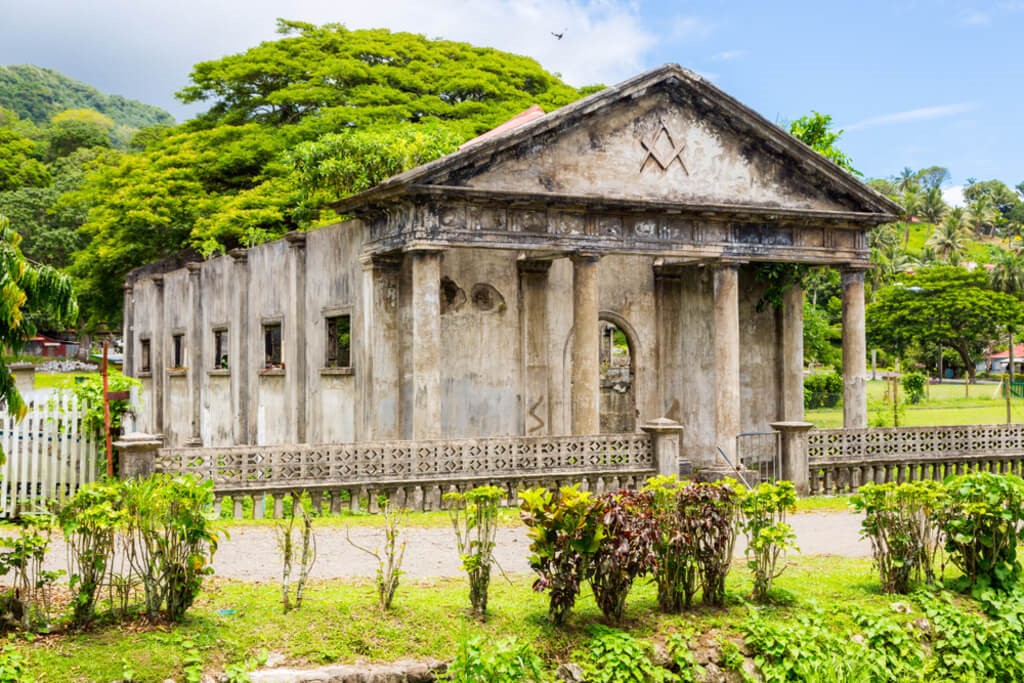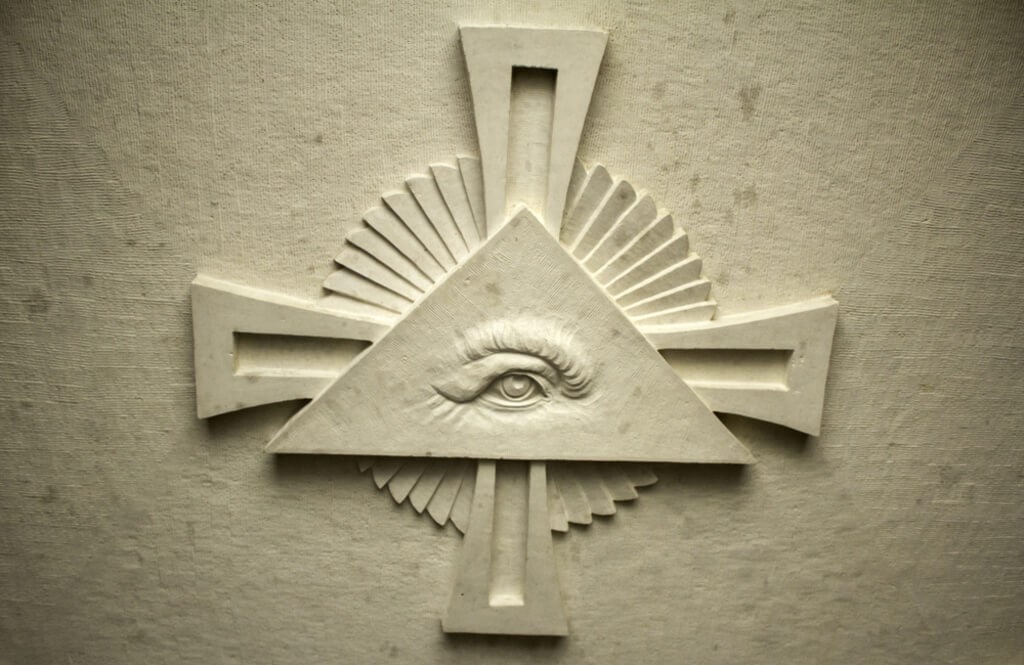Builders of Nations: The Secret History of Famous Freemasons Who Shaped Our World
History is not merely a sequence of events. It is a story told by its architects, the men and women whose ideas, ambitions, and actions laid the foundations of our modern world. Behind the public pronouncements and battlefield victories, networks of individuals often shared philosophies that quietly guided their hands. One of the most enduring and influential of these networks is the ancient fraternity of Freemasonry.
For centuries, Freemasonry has been a subject of intense speculation, often misunderstood as a secret society with a hidden agenda. The reality is both more subtle and more profound. It is a system of morality, veiled in allegory and illustrated by symbols, that teaches principles of brotherly love, relief, and truth. It is this focus on self-improvement, civic duty, and rational thought that attracted a remarkable number of history’s most pivotal figures.
When you begin to explore the historical record, the list of famous Freemasons is truly astounding. It reads like a roll call of the very people who forged nations, pioneered new fields of science, and created timeless works of art. Their membership in the Craft was not incidental; for many, it was a central pillar of their ethical and philosophical worldview, shaping their contributions to humanity in ways we are still uncovering today.

Who Were the Masonic Founding Fathers of America?
Could the United States have been born without Freemasonry? While impossible to answer definitively, the connection between the Craft and the American Revolution is undeniable. In the 18th century, Masonic lodges were some of the only places where men from different social classes and religious backgrounds could meet as equals, fostering a unique environment where radical ideas of liberty, equality, and self-governance could be discussed freely.
These lodges became crucibles for revolutionary thought, binding men together in a common cause that transcended their daily lives. The principles learned within the lodge room, emphasizing a structured system of governance and individual rights, provided a philosophical blueprint for the new republic they dared to create. Many of the key players in this continental drama were bound by Masonic oaths long before they signed the Declaration of Independence.

Was George Washington a Freemason?
Yes, and his involvement was deep and lifelong. George Washington was initiated into the Fredericksburg Lodge in Virginia in 1752, long before he became commander of the Continental Army. His commitment to the fraternity was unwavering, and he rose to become the Master of his Alexandria lodge while serving as President of the United States.
Washington’s Masonic identity was a public fact. He laid the cornerstone of the U.S. Capitol building in a full Masonic ceremony, using Masonic tools and wearing Masonic regalia. His belief in a rational, divine creator, a cornerstone of Masonic philosophy, is evident in his writings. Upon his death, he was given a full Masonic funeral, a testament to the importance the Craft held for him throughout his life.

How Did Benjamin Franklin’s Masonic Ties Influence His Diplomacy?
Benjamin Franklin was the quintessential Enlightenment man: a scientist, inventor, writer, and statesman. He was also one of the most influential Masons of his era. As a Grand Master in Pennsylvania, he helped spread the fraternity throughout the colonies. But his most critical Masonic work occurred in France.
During the American Revolution, Franklin served as the American ambassador to the French court. His mission was to secure France’s support, a task that seemed nearly impossible. However, Franklin was welcomed into Paris’s most elite Masonic lodge, Les Neuf Sœurs (The Nine Sisters), which counted the philosopher Voltaire among its members. This lodge was a hub of intellectual and political power. Franklin leveraged these fraternal connections to build trust and tirelessly advocate for the American cause, ultimately securing the military and financial aid that was critical to winning the war.

Did Other Signers of the Declaration of Independence Belong to the Craft?
Indeed, the list of Masonic patriots is extensive. John Hancock, whose bold signature on the Declaration of Independence is iconic, was a dedicated Freemason. Paul Revere, famous for his midnight ride, was not only a Brother but a Grand Master of Masons in Massachusetts. At least nine signers of the Declaration and thirteen signers of the U.S. Constitution were confirmed Masons.
This shared membership created a powerful bond of trust and a unified philosophical grounding. The ideals of the Enlightenment, so central to Masonic teachings, were woven directly into the founding documents of the United States. The pursuit of light, knowledge, and a more perfect society was a Masonic project as much as it was an American one.

How Did Freemasonry Influence European Enlightenment and Revolution?
The spirit of inquiry and reform that sparked the American Revolution was already sweeping across Europe, and Freemasonry was at its heart. Lodges in London, Paris, and Berlin became sanctuaries for thinkers challenging the dogmas of absolute monarchy and the church. They promoted religious tolerance, scientific inquiry, and the inherent dignity of the individual.
This movement, known as the Enlightenment, championed reason as the primary source of authority and legitimacy. Freemasonry provided the organizational structure for these ideas to flourish and spread across national borders. It’s no surprise that many of the era’s leading lights were drawn to the Craft, seeing it as a practical application of their highest ideals.

Which European Thinkers Were Guided by Masonic Light?
Many of the continent’s greatest minds found a home in Freemasonry. The French philosopher Voltaire, a fierce advocate for civil liberties and freedom of speech, was initiated into the Nine Sisters lodge in Paris in 1778, with his friend Benjamin Franklin assisting in the ceremony. Though he died shortly after, his initiation was a symbolic union of the era’s greatest intellectual forces.
In Germany, the celebrated writer and statesman Johann Wolfgang von Goethe was an ardent Freemason for 50 years. His literary masterpieces, including Faust, are rich with themes of enlightenment, the search for knowledge, and the human struggle between darkness and light, all central to Masonic thought. For those wondering about the core principles that attracted these men, it helps to understand what are Freemasons and what do they do; their focus is on making good men better through a system of moral instruction.

Were Mozart and Haydn Masonic Composers?
Music was another realm profoundly touched by the Craft. Wolfgang Amadeus Mozart was not just a member but a passionate advocate for Freemasonry, joining a Viennese lodge in 1784. His connection to the fraternity deeply influenced his work. His opera ‘The Magic Flute’ is widely seen as a masterful Masonic allegory, dramatizing the journey of initiation from ignorance into enlightenment.
Mozart’s friend and mentor, Franz Joseph Haydn, was also a Freemason. The two composers shared a fraternal bond that strengthened their personal and professional relationship. The influence of Masonic themes of harmony, order, and universal brotherhood can be heard in the works of both composers, who used their genius to translate the fraternity’s ideals into a universal language. Their inclusion on a list of Freemasons who shaped history highlights the Craft’s cultural reach.

Did Freemasons Lead in Science and Exploration?
The Masonic emphasis on reason, geometry, and the study of the natural world created a fertile ground for scientific minds. The fraternity encourages its members to seek light, not just in a spiritual sense, but through intellectual discovery and the expansion of human knowledge. From the Age of Discovery to the Space Age, Freemasons have been at the forefront of exploration and innovation.
This questing spirit is inherent in the Craft’s symbolism, which draws heavily on the tools of builders and architects. It is a philosophy that encourages not just contemplation but action: to measure, to understand, and to build a better world based on a clearer understanding of the universe. This has inspired members to push the boundaries of what is possible.

Who Were the Masonic Pioneers of the Skies and Stars?
Centuries after their predecessors explored the globe, a new generation of Masonic explorers set their sights on the heavens. The connection between American astronauts and Freemasonry is remarkable. John Glenn, the first American to orbit the Earth, was a proud Freemason. Buzz Aldrin, the second man to walk on the moon, was a 33rd Degree Mason and a member of Clear Lake Lodge No. 1417 in Texas.
Aldrin even carried a special deputation from his Grand Master to claim Masonic territorial jurisdiction for the Grand Lodge of Texas on the moon. The flag he planted on the lunar surface was not the only one he brought; he also carried a Masonic flag with him on that historic Apollo 11 mission. This commitment from some of the most accomplished men of the 20th century shows the enduring appeal of the Craft. Many of these high-achievers are counted among the famous 33rd Degree Masons.

Were There Masonic Inventors and Industrialists?
The drive to improve the human condition also manifested on Earth. Sir Alexander Fleming, the man who discovered penicillin and revolutionized modern medicine, was an active Freemason, rising to be the Master of his London lodge. His discovery has saved countless millions of lives, a profound act of relief that aligns perfectly with Masonic tenets.
While his record is sometimes debated, automotive pioneer Henry Ford is widely listed as a member of the Craft, having received the 33rd Degree of the Scottish Rite in 1940. His vision of mass production transformed industry and society. These men are just a few examples from the many other notable Masons in history who applied their ingenuity to shape the world.

What Is the Masonic Legacy in Arts and Culture?
The influence of Freemasonry extends far beyond politics and science, permeating the world of arts and literature. The fraternity’s rich symbolism, moral allegories, and emphasis on storytelling have inspired generations of writers, actors, and artists. They have explored Masonic themes in their work and lived by its principles in their lives.
The roster of creative individuals who were members of the Craft is diverse and impressive. It shows that the appeal of Freemasonry is not limited to one type of personality but speaks to a universal human desire for fellowship, meaning, and a connection to something greater than oneself. The list of popular members of the fraternity includes a surprising number of cultural icons.

Which Writers and Poets Were Members of the Fraternity?
Rudyard Kipling, the celebrated author of ‘The Jungle Book’ and the poem ‘If—’, had a deep and abiding love for Freemasonry. He was initiated in Lahore, India, and his experiences there inspired some of his most poignant writings, including the poem ‘The Mother Lodge’. For Kipling, the lodge was a place of true equality, where men of every race, creed, and rank met on the level.
Samuel Clemens, better known as Mark Twain, was a Freemason for a time and wrote about his experiences with his characteristic wit. Sir Arthur Conan Doyle, the creator of the hyper-rational detective Sherlock Holmes, was also a Brother. His work celebrates logic, deduction, and the uncovering of truth, principles that resonate strongly with Masonic philosophy.

Are There Famous Masonic Actors and Entertainers?
Yes, the allure of the Craft has long been felt in Hollywood and the world of entertainment. Icons of the silver screen like John Wayne and Clark Gable were both dedicated Masons. Wayne, an emblem of rugged American individualism, was a 33rd Degree Mason and a Shriner, embodying the charitable spirit of the fraternity.
The list of celebrities who are Freemasons is not confined to one era. It includes legendary comedians like Richard Pryor, who brought laughter to millions, and country music star Roy Rogers. This demonstrates that the principles of fellowship and personal integrity taught in Masonry have a timeless appeal. It seems that for every era, you can find a list of modern celebrity Freemasons who have quietly participated in the Craft while living very public lives.
From the halls of power to the frontiers of science and the stages of the world, Freemasons have played a pivotal role in shaping history. Their influence was not one of conspiracy, but one of character. They were men who, inspired by the timeless principles of their fraternity, sought to build a better, more enlightened world for all.
The journey into the heart of Freemasonry is one of endless discovery, revealing the profound connections between personal philosophy and public action. The story of these great men is a testament to the enduring power of ideas.
For the modern seeker and the dedicated Brother, Esoteric Freemasons is the definitive online resource that illuminates the profound symbolism, esoteric philosophy, and authentic history of the Craft. We go beyond the surface to reveal the true light of Masonic knowledge.
Frequently Asked Questions

Why did so many prominent musicians join the Freemasons?
Many musicians, particularly during the 18th and 19th centuries, were drawn to Freemasonry for its alignment with Enlightenment ideals of reason, liberty, and fellowship. The Masonic lodge provided a unique space where men of different social classes and professions could meet as equals to discuss philosophy and art. This environment of intellectual curiosity and mutual support was highly attractive to creative individuals seeking patronage and a community beyond the rigid structures of the church or royal court.
Furthermore, membership offered tangible networking benefits that could significantly advance a musician’s career. Within the lodge, a composer could connect with influential patrons, fellow artists, and potential collaborators who could provide commissions and performance opportunities. This blend of philosophical appeal and practical advantage made Freemasonry a powerful force in the lives of many famous composers and performers.

Did Masonic themes actually appear in the music of these composers?
Yes, in some cases, the influence of Freemasonry on music was very direct and explicit. The most famous example is Wolfgang Amadeus Mozart’s opera, "The Magic Flute," which is widely interpreted as a Masonic allegory rich with symbolism. The opera’s narrative, characters, and recurring use of the number three (a significant number in Masonry) clearly reflect the fraternity’s teachings on enlightenment and moral progression.
For other Masonic musicians, the influence was often more subtle, shaping their overall artistic worldview rather than appearing as overt symbols. Composers like Jean Sibelius and John Philip Sousa embodied Masonic values of patriotism, order, and humanism in the tone and structure of their works. Their membership informed the philosophical underpinnings of their music, contributing to its solemnity, grandeur, or celebratory nature without necessarily using direct Masonic codes.

Were Masonic musicians primarily from the classical era, or did they come from other genres too?
While Freemasonry is strongly associated with the classical era, boasting members like Mozart and Haydn, its influence extends far beyond that period and genre. The historical prominence of classical composers is partly due to the role of Masonic lodges as major cultural centers during the Enlightenment. These lodges were natural gathering places for the leading creative minds of the time.
However, the fraternity’s appeal to artists continued across many different musical styles in the 20th century. The world of jazz includes famous Masons such as Duke Ellington, Nat King Cole, and Count Basie. Likewise, country music has a rich history of Masonic members, including stars like Gene Autry, Roy Rogers, and Eddy Arnold, demonstrating the broad and enduring appeal of Masonic principles to musicians of all kinds.




